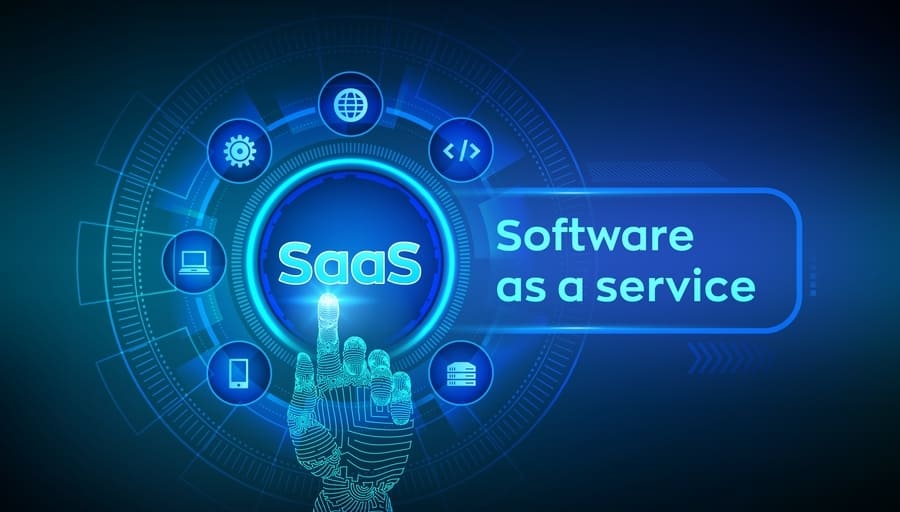One of SaaS startups‘ most challenging metrics to measure – and often the most crucial – is the Customer lifetime value. Customer lifetime value is a definite measure of how much value or profit a particular customer will bring over a specified period of a good relationship. It is vital to dictate precisely how any business or organization should spend its marketing/sales budget.
Customer lifetime value is always a hot topic of discussion in business circles. However, it is quite unfortunate that many SaaS startups find it a struggle to measure Customer lifetime value accurately. The reason for this difficulty is not far-fetched: they have not been around long enough in the business universe and have not seen or experienced a vast number of clients or customers through their entire lifespans with products.
How Much is a Particular Worth to You?
It is always good to measure precisely how much money you can make as a business from a particular customer before the latter stops being a customer, for reasons such as dissatisfaction with your service, unexpected death, etc.
This is helpful for several reasons, though the most important are:
- It enables you to understand the upper limit of spending in order to acquire customers before business growth becomes considerably unprofitable.
- It enables you to take long-term views of customer relationships, instead of one based only on transactions.
- It allows you to consider profitability from a single customer’s perspective and devise ways to improve it significantly.
There are myriads of formulas online that you can use to calculate Customer lifetime value if you google it. However, let’s focus on the formula that most software organizations use when calculating the Customer lifetime value.
The SaaS Startup Math
Some software companies also use a metric, i.e. Customer acquisition cost in the formula:
Customer Acquisition Cost = sum of all sales and marketing expenses/number of new customers added.
Customer lifetime value = Average MRR per account x customer lifetime.
But as an early software startup, calculating Customer lifetime value is highly essential. There are some shortcomings to the traditional customer acquisition costs and Customer lifetime value.
Disadvantages of The Calculation for Conventional Customer lifetime value and Customer Acquisition Costs
Here are the 3 main shortcomings of this formula:
i. You need several years with a well-sized group of well-paying customers in order to fully understand your Customer lifetime value. You also need to assume that your service – since you are a SaaS startup – is not changing all that much. This is important for your Customer lifetime value to hold up over time. These factors are just not there for SaaS startups and can even break easily for highly innovative later-stage organizations.
ii. It is often challenging – or downright impossible – to easily attribute sales and marketing spend for closed or successful deals. This aspect is easily noticeable for SaaS startups that, more often than not, do not have the ideal marketing infrastructure for making it happen.
iii. Looking closely at this formula reveals one other thing; the metrics inform you of your customer acquisition costs and Customer lifetime value for a period before now. But it doesn’t tell you what these metrics are shaping up to be. This is vital for any action that the company must take.
SaaS startups‘ company executives generally have detailed number, thanks to the accounting systems and customer relationship management (CRM). This makes it very possible to build many more advanced forecasting models to obtain these metrics.

How to Calculate Expected Customer lifetime value and Customer Acquisition Costs
Here is what Tomasz Tunguz, a company executive running a software startup, was able to develop. His formula does not depend heavily on too much closed data and is more innovating or forward-looking.
As a SaaS startup, the first thing you need to do is focus on cost per opportunity. Let’s assume you spent up to $5million on sales and marketing – including salaries – in December. And you were able to create up to 1,000 opportunities that same month.
Your cost per opportunity for December is $5,000. This can easily assume a short opportunity lag time, something quite commonplace in the SaaS universe. However, you can also make use of the prior as well as the following months to calculate if your sales cycle is much longer.
The next thing to do is to determine what is called your ‘expected’ customer acquisition costs, in probabilistic terms. Here, you will need to use your average deal size as well as opportunity win rate, which may not vacillate all that much.
If your win rate is, say, 20 percent, while your average annual contract value is up to $25,000, you can calculate your expected customer acquisition costs as follows:
Expected # of new customers = 0.2 (opportunity win rate) x 1k (opportunities) = 200.
Expected customer acquisition costs = $5million (growth spend)/200 (expected new customers) = $25,000.
Divide expected customer acquisition costs by your average annual contract value, and you will deduce the payback period – Calculated in months – which is the time it will take for your SaaS startup to recoup your growth spend on acquiring that particular customer.
Therefore,
Expected payback period = $25,000/$25,000 x 12 months = 12 months.
You can also calculate the ROI (return on investment) over a subscription period. You can calculate your Customer lifetime value by estimating how many years your ideal customer will stay with you. This may take a few years to find out using actual sales data. Therefore, if you don’t know this, you may have to be somewhat conservative, based on other SaaS companies within your space. For more about this, you may have to talk to your investors.
Always Predict Your Business
Most SaaS executives can only quote customer acquisition costs from a previous year or even quarter. But since expected customer acquisition costs are based primarily on the number of recently generated opportunities – i.e. closed or not closed yet – it will provide the needed direction on your current sales funnel or pipeline.
Conclusion
Computing your key SaaS metrics is possible using the method explained above. You can also use any of the formulae that appeal to you when you google it.
However, you need to bear in mind that frequent guidance about any business creates a highly competitive edge which allows you – as a business owner – to read, predict, carefully monitor, and also take full advantage of market dynamics much faster than other SaaS startups that may be crowding your space.

